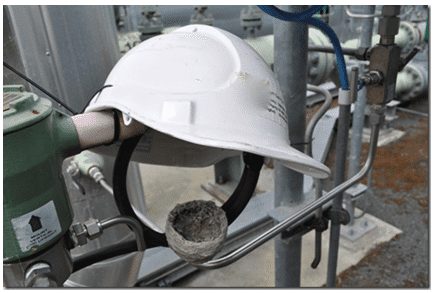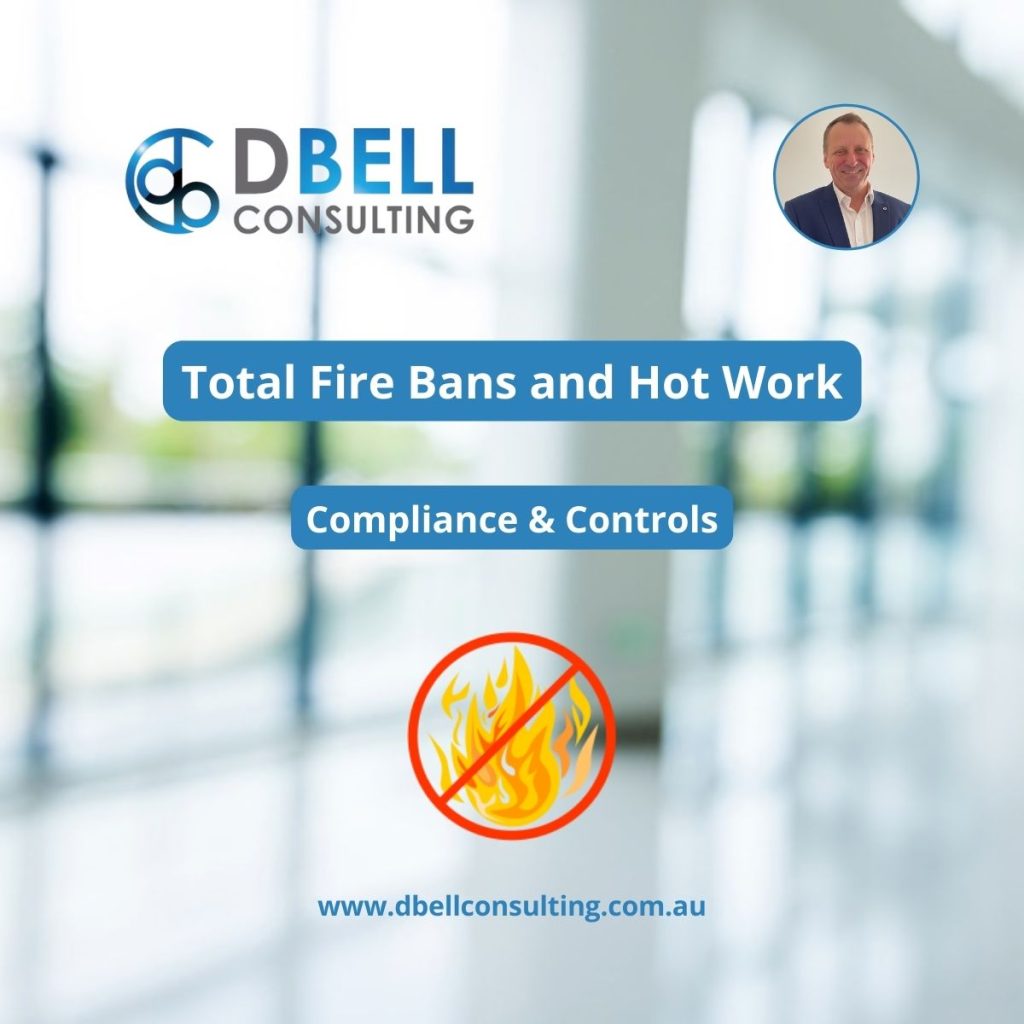I have worked in the health and safety profession for 20 years, and still thoroughly enjoy it. During this time I have learned much about people, myself and what contributes to wellness in the workplace. Though what does it mean to actually “care about health and safety management”?
An article on the Safety Risk website some time back got me to thinking about why I am passionate about risk management, particularly with respect to the concept of ‘caring’ in the health and safety management field. The article concerned (‘Care-ology’ in the Workplace) was written by Gabrielle Carlton, a valued contributor to the Safety Risk site.
The Importance of People and Conversations
The most valuable things that I’ve learned about workplace safety and wellbeing have come from conversations with people, where asking questions and listening have taught me about how they perceive and assess risk. If these conversations lead to an improvement in how people recognise risk, including an awareness of their biases and risk tolerance, people experience learning without being ‘told what to do’. Ideally this results in changes in their interactions within the workplace, where learning is shared, and decision-making improves. With regard to decision-making, it is important to recognise that this is not a purely conscious activity. To the contrary, the unconscious mind plays a significant part in how we make sense of the world and manage risk (see Andrew Thornhill’s paper on this topic).
When approached by a colleague who expresses concern about the wellbeing of another, I feel that I’m being trusted to take an active (though subtle) role in caring for someone. Gab Carlton’s article talks of the need for health and safety practitioners to actually ‘care’ about people, as opposed to simply going through the motions of what she calls ‘care-ology’. The concept of ‘care-ology’ refers to the ‘technique’ of caring in which traditional mechanistic approaches are employed to manage people. This often involves (hat tip to the late Max Geyer) systems and structure, and the use of plans, forms, bureaucracy, disclaimers, penalties and signatures over the role of care that leads to recovery. The outcomes of this approach generally aren’t ideal for the people they’re supposed to support, and are often primarily aimed at compliance and protecting the organisation. As a result, employees report experiences of alienation, separation and disconnection from the intentions of the safety management system. If this is how we show that we care, how often are people left wondering whether they’re valued or cared about in any way?
While attending a senior management meeting in recent months, I heard an operations manager (responsible for nearly 500 employees) say “I’m concerned about the welfare of my people, though find that safety performance reporting is used by the organisation in a punitive manner”. For me this exemplified the disconnect between the good intentions of this manager, and the relationship that he has with the Safety function of the business.
Finding the balance between Care and Managing Organisational Risk
Whilst I’m not averse to organisational risk management practices (I’m in-fact a vocal proponent of it), this should not be at the expense of how we engage and involve people. Organisational leadership must make it their goal to ensure that people perceive themselves as being valued, and treated as such. The regulatory environment that we find ourselves in requires organisations to visibly demonstrate proactive health and safety risk management, which will entail a range of administrative activities and records. However, these administrative aspects should simply provide the necessary evidence of how we have engaged with our people – they are not an end in themselves.
In an ideal world, people experience relationships with their employer that demonstrate a genuine interest in improving their wellbeing at work, with bureaucratic record-keeping an often necessary (but clear) second priority. This is how you show that you care about health and safety beyond token efforts, or even worse, overly complex documentation requirements.
As point of note here, I’m not promoting the tired old ‘Safety is our Number 1 priority’ message, which is often diluted in the face of experiences to the contrary. It is important for organisations to address risks in a number of areas, including financial, economic, social and community, information, and regulatory to name a few. As such, the reality of the scarcity of organisational resources will often result in competition between these priorities. But honestly, is it really so hard to show compassion and caring for another person?
Learning in Health & Safety – A Turning Point
A turning point in my career as a health and safety practitioner was when I started to unlearn the focus on standard methodologies that are often taught in health and safety training courses. These include incident pyramids, risk registers, likelihood vs. consequence risk matrices and the like, and move towards an appreciation of the Social Psychology of Risk. This field has developed in a large part through the work of Dr. Robert Long, who has written at length on this topic, with a range of published books and contributions to the Safety Risk website.
I won’t go into the psychology of risk at this point, but will invite you to have a look at the Safety Risk site at your leisure. Further, I’d recommend that you have a look at Dave Collins’ Risk Homeostasis Presentation, who puts this much more eloquently than me. Whether you’re a health and safety practitioner or a business operator, I would consider his video essential watching.
Finally, I believe that as the safety management profession matures, we should be able to evolve from a pure compliance-focused approach that is driven by the avoidance of fines and prohibition notices, and move towards one that remembers what it is to be human and show compassion to people as our primary goal.



